LynchNW Blog
Inspirational Desperation
Desperation can be a great motivator. Casey takes us behind the curtain of his creative process.
Some people might suggest that a cup of tea, a soft chair, and a beautiful sunrise are helpful aids to spark inspiration. For Casey, hungry kids and unpaid bills are way more effective.
by Casey Lynch • June 20, 2023
My method for beginning a new design usually follows a similar pattern. I’ll get out a few Pigma pens, some graph paper, and my light box. The main idea at this beginning stage is to get some simple lines down on the page - a basic contour or a profile. This is the framework for the part I have in my head, and I’ll build off that. Once I have the general shape pretty close, I’ll use the light box to trace and redraw and rework small details of the design, making little changes to a curve or a line or the general proportions. I’ll redraw it 4 or 5 or 27 times, working it out and trying to refine and clarify the image. This can take place in one single session, or extend over a number of weeks. Eventually, hopefully, the design will start to round into something I’m happy with. But just as often, I’ll realize it’s not going to work, and I’ll scrap it and start over.
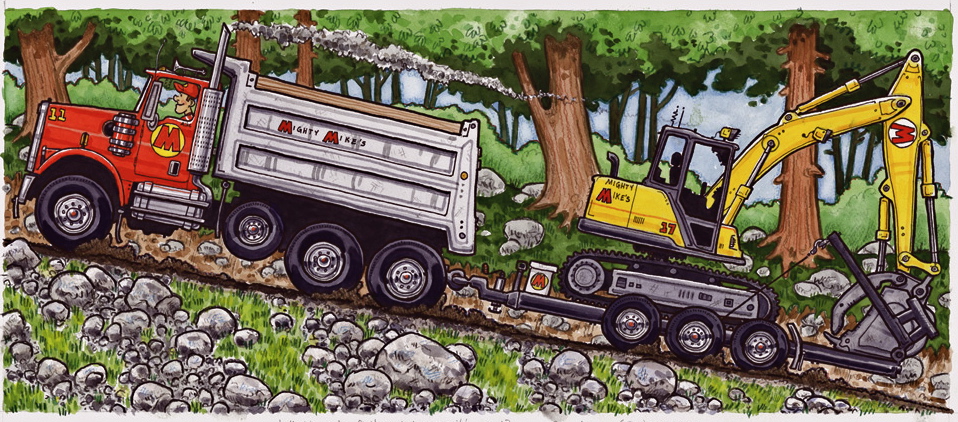
Usually it’s a pretty difficult process to get something on paper that I’m pleased with. When it’s working and clicking, I call it ‘flow’. Sometimes the time spent designing will flow. Usually it doesn’t. And when it doesn’t, it’s hard work. For a short time, about 10 years ago, I tried my hand as a professional artist. I painted pictures and then sold them at small galleries or restaurants around Spokane, and did a small amount of children's book illustration. I have a fine art degree, and I learned a lot about technique and process when I was in school. But I eventually boiled the practice of painting down to something very specific, something I don’t remember the professors teaching me: painting is work, and creating a good painting is mostly problem solving. A painting almost never (at least for me) goes onto the canvas how I’m picturing it in my head. The challenge is to get it from where it is in my mind’s eye to where I want it to be on the hard surface of the picture plane. Revision, rework (aka problem solving), more revision, more rework. And just as often, crumpling it up and starting over. The same process has been true for designing EDC gear.
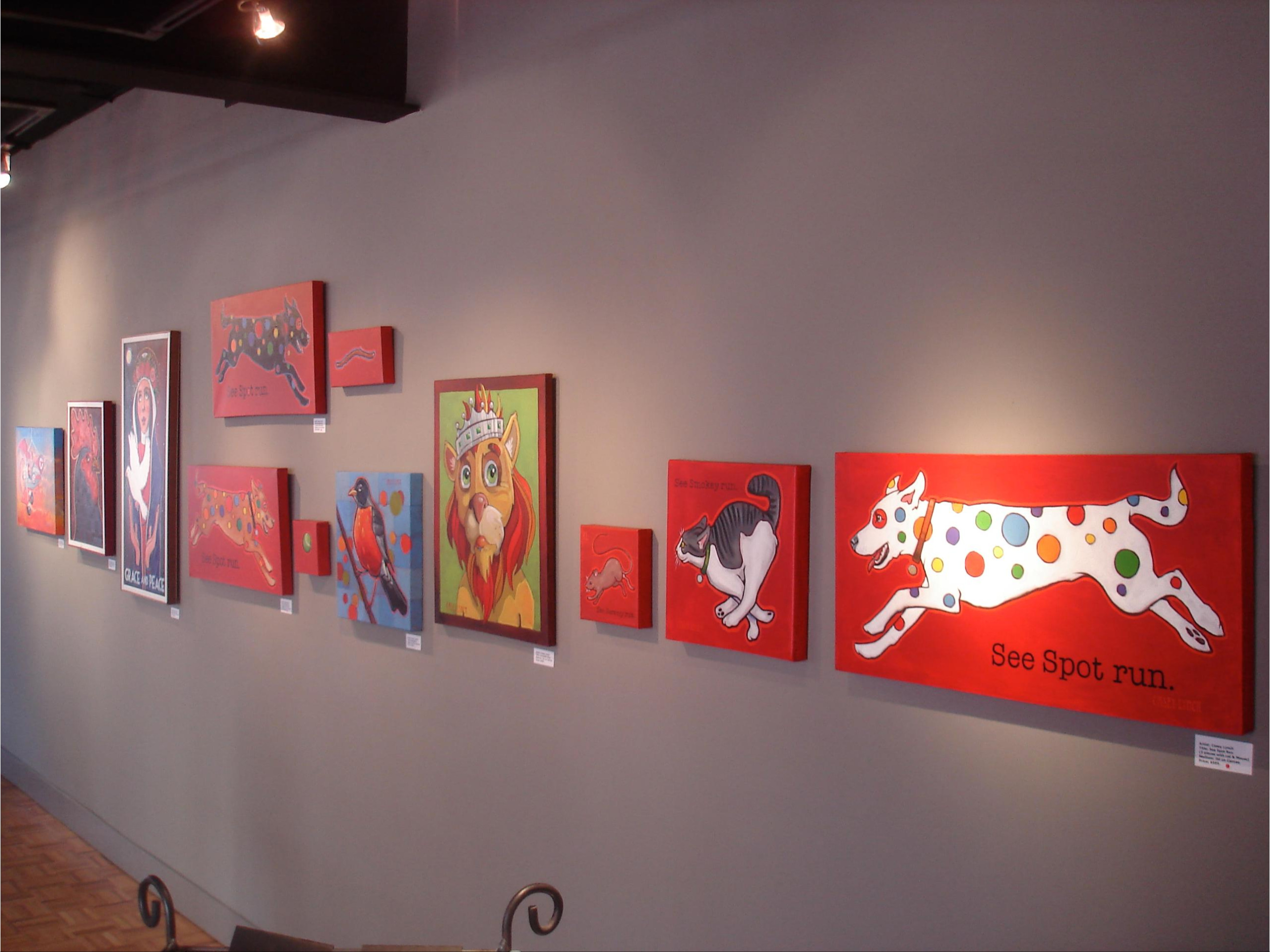
The artist Chuck Close has a famous quote: “Inspiration is for amateurs.” Basically, get to work. When I was painting for a living (‘for a living’ is probably a generous way of putting it - ‘scraping by’ is much more accurate), part of my routine was to go to the library, looking for inspiration. I’d browse art books, photography books, design books, magazines, whatever, trying to find something that would catch my eye and potentially be the inspiration for a new painting. But I finally realized something pretty painful: I was usually just wasting time. If I’d spent the same couple hours that I’d spent at the library just putting paint on canvas, I’d at least be refining my technique, and just as likely getting a good start on a new painting as well. The truth is this: it’s scary to start a new painting, or a new design. It might end up being terrible. I might fail. It’s way easier to look at a book or browse the internet and tell myself I’m looking for inspiration. It’s much more difficult to get to work and put brush to canvas, or pen to paper.
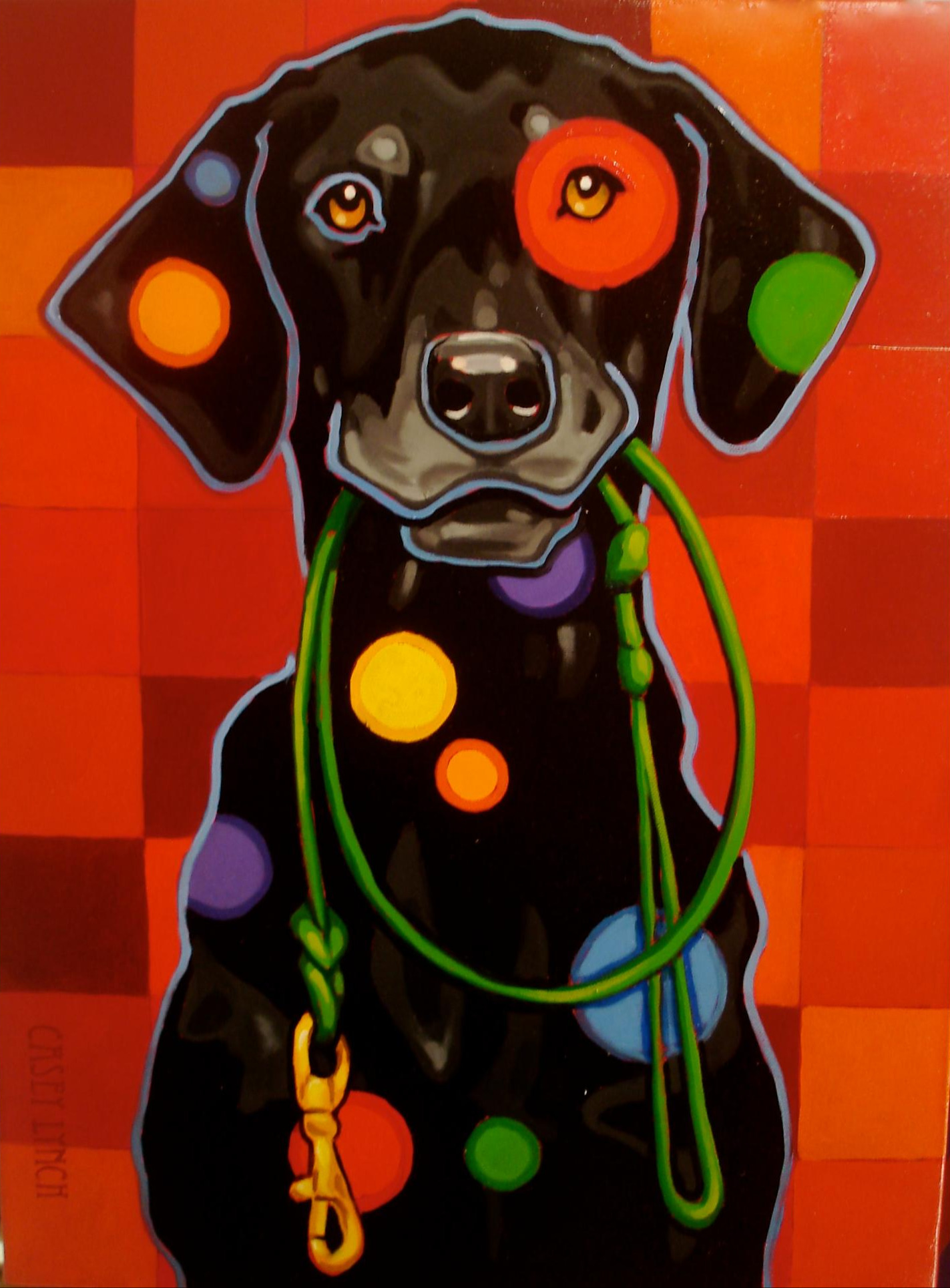
That’s not to say that there isn’t a place for inspiration. There’s no doubt that inspiration is a real thing. But in my experience, the best way to get a design going has not been inspiration; it’s been desperation. I’m not talking about the desperation associated with ‘an artist who has a burning need to express himself to the world’. I’m talking about the desperation associated with a mortgage that needs to be paid and a family that needs to eat. That’s where some of my best creativity has come from. I’ve found that it’s actually pretty easy to be creative when you don’t have a choice - when your bank account is down to single digits and there are unopened bills on the kitchen counter.
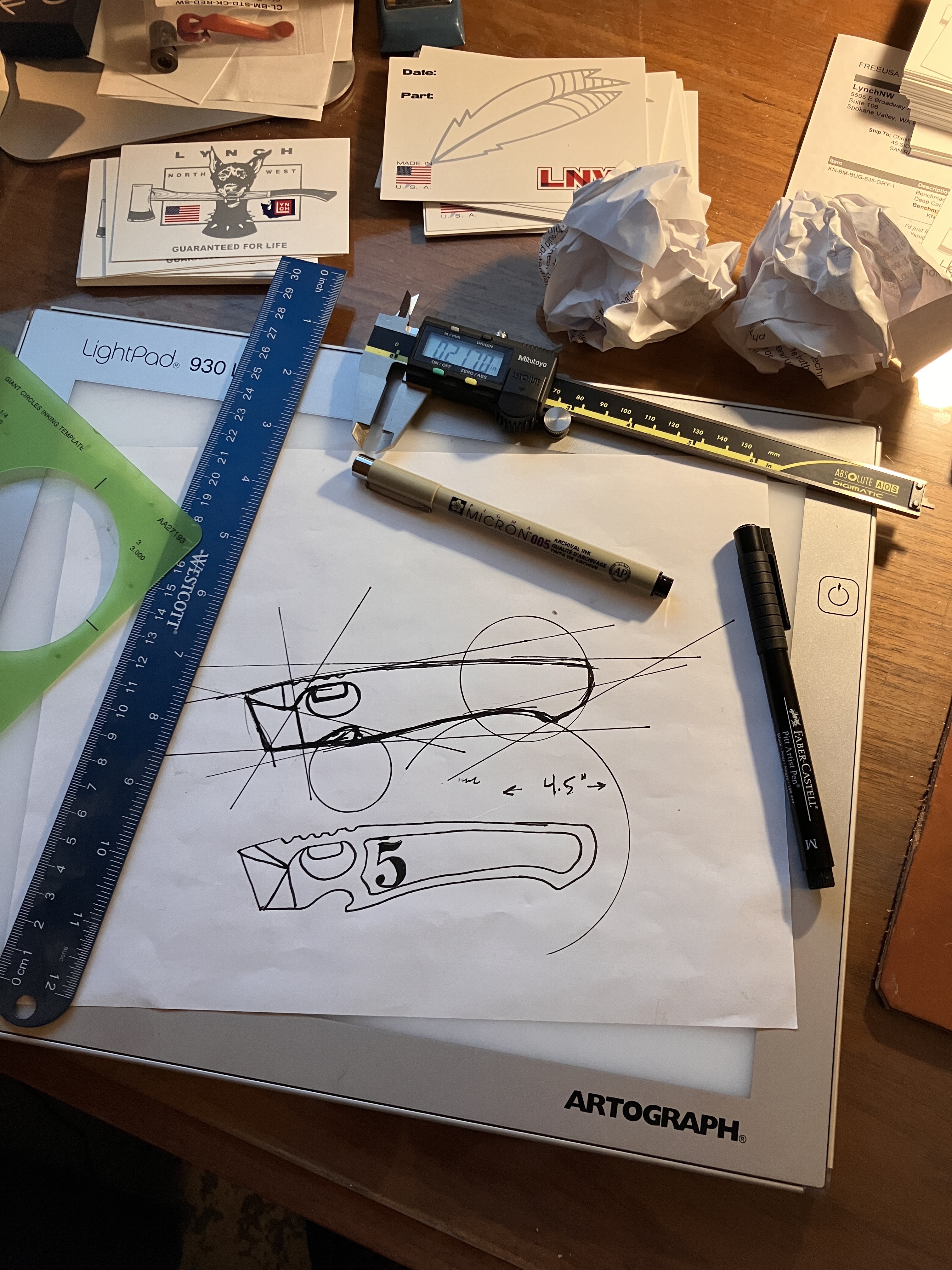
All that is not to say that designing is only work and no fun. It’s super fun getting to design stuff and then turn the designs into something real. It’s a terrific privilege, and a privilege that I’m supremely grateful for. That’s one reason it’s so important to me to put in the work and grind when it’s not flowing. My brother Nate owns a landscape construction company, and he employed me for a number of years. He loved it when one of the laborers broke a shovel - that meant they were actually digging. You can’t break a shovel if you’re not shoveling. I’ll always remember that. What I’m doing now doesn’t afford me the opportunity to break any shovels, so the new goal is to wear out Pigma pens.
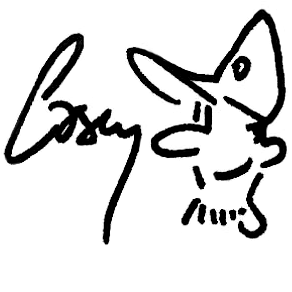
creative about us edc everyday carry history lynchnw manufacturing our story small business who we are inspiration design

